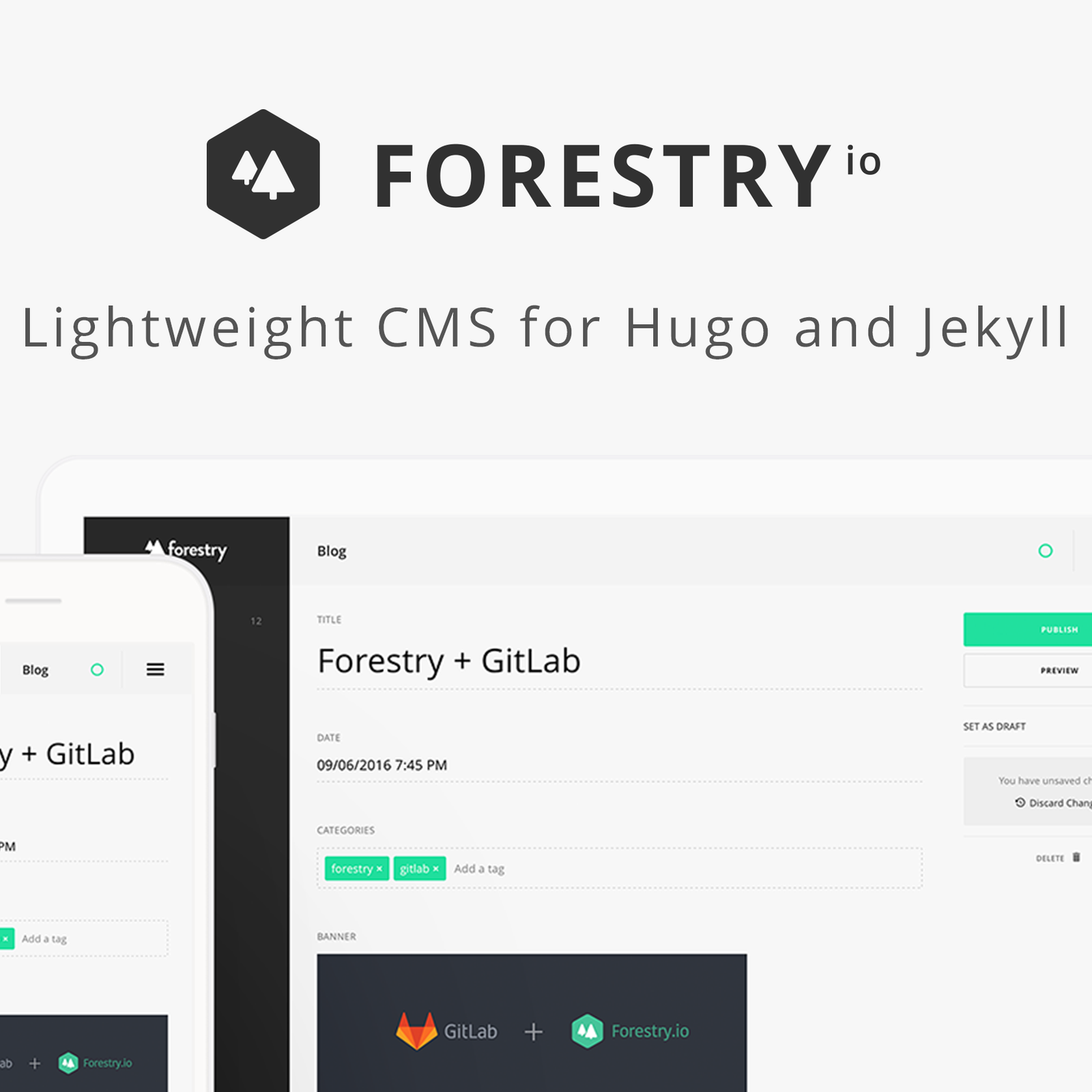Breaking up with Forestry
Posted on June 4, 2020 with 489 words.
Last updated on September 19, 2022

Yesterday, I pulled the plug on Forestry. I was tempted to install Netlify CMS on my website, but I went the traditional way of writing content in Hugo: hugo new my-awesome-content.md. It sucks but I have to live with it. Don’t get me wrong, Forestry is a great content manager while using git, but it irks me every time I merge my content branch with my main branch.

What is Forestry?
Forestry is a git-based static Content Management System. If you’re using JAMStack, you’re most likely familiar with it. You write the content and the app pushes it to your repository. The editor is based on your front matter. It also has an Instant Preview feature where you can preview the content before you hit Publish.
Your content is not stored on Forestry’s servers. You own the content as it’s stored in your repository. It’s also platform-agnostic, which means you can use it regardless of the operating system you use and regardless of where your website is hosted.
Pricing
A generous free plan is available. It lets you host 3 sites and invite 3 users per website. You also have Git sync, Forestry remote (it lets you install Forestry on your website via the admin link of your choice), and many more. You can visit their pricing page for more information.
Pulling the plug
I’ve been using Forestry for a while. I started using it 2 years ago, but I abandoned website development because I was busy with work. It was a trial and error as I was new to git and static site generators. I initially used Netlify’s Victor Hugo template because I was using Hugo and my website was previously hosted in Netlify. I’m currently using GitHub Pages and Cloudflare.
I have 3 branches in my repository: the main branch, the content branch, and the development branch. It irks me every time I try to merge my content branch with my main branch because Forestry creates a new commit whenever I save or update content. I know this is automatic, but if you’re concerned with the cleanliness of your git commits, you shouldn’t opt for external content managers. It’s best if your files stay local until you’re ready to commit them on your repo.
The downside with this kind of workflow is that ideas pop up at an unusual time. If you have a note-taking app on your tablet or mobile phone, then great! You can also create a brief outline of the idea and write it whenever you have the time.
I’m very much satisfied with my workflow and probably go back to Forestry in the future.
2022 Update: Netlify no longer updates their Victor Hugo template. I forked the project and used WebPack 5. You can also use Hyas as a starter template.
Content update:
- Updated for 2022
- Replaced
masterwithmainas I utilize the main branch in my repository.
This work is licensed under CC BY-SA 4.0